Narrative photography
With Bosnians warriors and injured
Mohammad Hussein Ghadami
Translated by: Zahra Hosseinian
2019-7-30
During the twenty-fourth anniversary of the Srebrenica Massacre in the Bosnian War, I remembered those days when some of the Bosnian warriors and wounded had been brought to Iran for treatment, and I left the conex box, where used as a small office for Literature and Art of Resistance, and visited them to hear and record their story and memories. I conversed with disabled veterans and injured who were accommodated in Enghelab Hotel and being treated in various hospitals of Tehran.
We took them to the shrine of Imam Khomeini, visited museums, watched football matches in Azadi Stadium, and finally we invited some of their narrators to our ‘Night of Memories’ event. One of them, who was the guest of fourth ‘Night of Memories’ event on April 8, 1993, said: ‘I’m Javad Sinanovich. I’m nineteen years old and student in the field of Electronics. I was injured five months ago. When the enemy began to massacre Muslims in our city, I and my friends prepared for fighting and moved toward the out of city. We encountered and clashed with the Serbian army at eight o'clock in the morning. After moments of hit-and-run fighting, I collided with a mine and lost my leg. I liked to stay and fight along with my friends, but unfortunately, they sent me back. When I was returning, I saw the horrible scene of cutting the head of a Muslim mother and her son, and I passed out. As I regained my consciousness in the hospital, screamed, ‘take me back, I want to take revenge’, but I was shocked and passed out for two days. I've not hear of my siblings, and don’t know what has happened to them. I thank the physicians who treat me and also the hospitality of great Iranian. I wish there would be no war anywhere in the world.’
See the following photos:
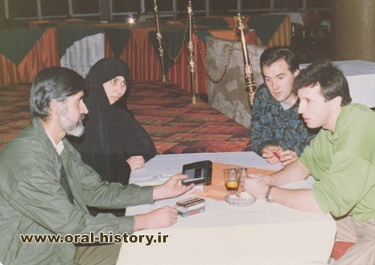
Hearing the memoires of Hussein and Ibrahim Begovich; tell what you feels like it...

The only photo of Ibrahim I have
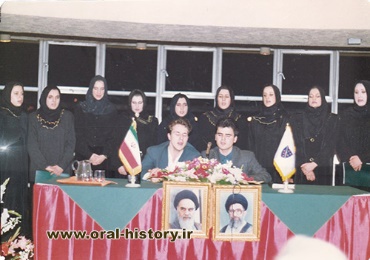
The Bosnian artists’ singing in the Enghelab Hotel

Javad Sinanovich on the fourth ‘Night of Memories’ event
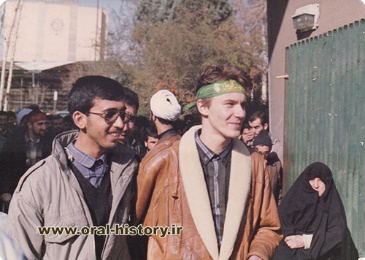
Admir after finishing of Friday Prayer at Tehran University; the face is the index of the mind…
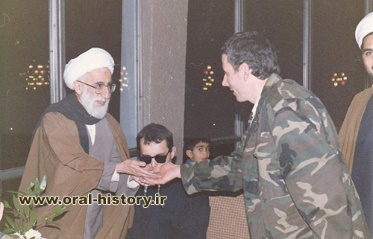
Honoring the guests on the last day of their presence
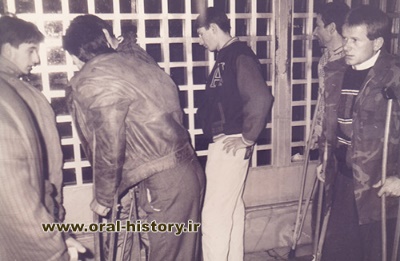
Stunned by simplicity and grace of the tomb of a great man who shook the world with the Islamic Revolution...
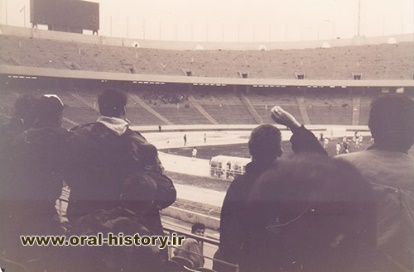
Azadi Stadium; no foreign spectator had encouraged the Iranian football team such a passionately...
Number of Visits: 6734








The latest
Most visited
- From Nowhere-Land to Utopia
- Third Regiment: Memoirs of an Iraqi Prisoner of War Doctor – 4
- Comparing the Narratives of Commanders and Ordinary Combatants in the Sacred Defense
- An Sooye Divar (Beyond the Wall)
- Unveiling of the book: “Oral History: What and Why” — Report 2 (Final)
- 100 Questions/ 4
- Third Regiment: Memoirs of an Iraqi Prisoner of War Doctor – 5
- Challenges of Interviewing in Oral History
Mohammad — The Messiah of Kurdistan
Boroujerdi immediately said to Darvish, “Ready a few men; we’re going.” Then he moved toward Mostafa, who was studying the Kurdistan map. Mostafa straightened his back and said, “During my service in the army I experienced a full-scale war in Kurdistan. Guerrilla warfare in Kurdistan follows its own rules. The anti-revolutionary commanders want to draw us into a battle chosen on their terms.”From Javanrud to Piranshahr
The Memoir of Reza MohammadiniaThe book From Javanrud to Piranshahr recounts the life and struggles of Commander Reza Mohammadinia, who spent part of the Iran–Iraq War in the western and northwestern regions of the country. During those years, he held responsibilities such as deputy commander of the Seventh Region of the Islamic Revolutionary Guard Corps (IRGC), acting head of the Javanrud district, service on the southern fronts, director of ...
Tactical and Strategic Analysis and Limitations
The present paper, entitled “A Critical and Scholarly Study of Dr. Hossein Alaei’s Two-Volume Book: Tactical and Strategic Analysis and Limitations”, is a research work that examines and evaluates the two-volume book “An Analytical History of the Iran-Iraq War”. In this study, the strengths and weaknesses of the work are analyzed from the perspectives of content critique, methodology, and sources.

